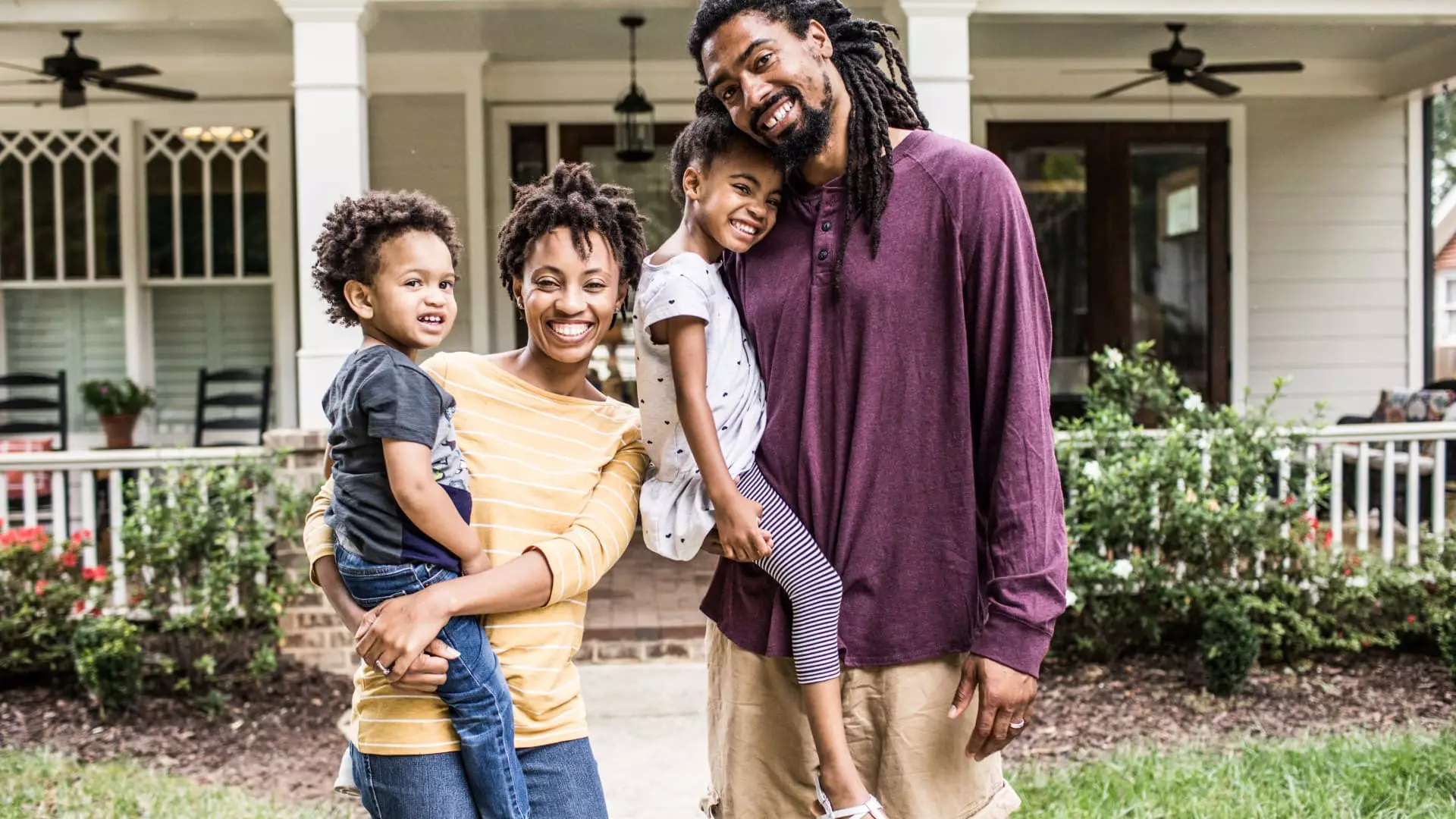The dream of homeownership has historically symbolized stability and prosperity in the United States. It represents the pinnacle of financial achievement, a cornerstone for building wealth, and a beacon for community engagement. Unfortunately, this dream is dimming for many Americans, particularly first-time homebuyers and younger generations. Rising property prices, stagnant income levels, and increasingly stringent mortgage requirements have turned what once seemed like an attainable goal into a formidable challenge. To combat this alarming trend, we must innovate by exploring the potential benefits of a 40-year mortgage plan, enhanced by structured federal subsidies and a commitment to financial literacy.
For decades, the 30-year mortgage has stood as the standard for American home financing. While effective, this model is increasingly inadequate in today’s economic landscape where home prices are escalating, particularly in urban centers, making even a 30-year mortgage burdensome for many families. The notion of a 40-year mortgage offers an alternative by extending the repayment timeline, allowing prospective homeowners to enjoy lower monthly payments—thus broadening access to homeownership. As life expectancies extend beyond 80 years, a longer mortgage term aligns more accurately with contemporary life demands.
Critics express concern over the potential for increased overall interest costs associated with extending mortgage terms. While this is a valid point, it is imperative to weigh these costs against the staggering expense of perpetual renting, which not only inhibits equity building but also subjects families to the volatility of rising rental markets. Homeownership cultivates stability, promoting the long-term financial health of individuals and families alike—an essential aspect of pursuing the American Dream.
To give life to the proposed 40-year mortgage, we can harness the Federal Home Loan Bank (FHLB) system. As a government-sponsored enterprise, the FHLB is designed to enhance liquidity for member financial institutions—making it an ideal platform for implementing a 40-year mortgage initiative. By using an established structure with ties to various regional banks, we can effectively introduce this program with an assurance of stability and reliability. This carefully reasoned approach also allows for customization to address the varied housing needs in both urban and rural territories.
Furthermore, embedding federal subsidies into this plan will create a more supportive environment for first-time homebuyers. Targeting mortgage rates between 3.5% to 4.5% for those who complete certified financial literacy courses will not only lower financial barriers but also foster a more informed homeowner population. The subsidies, differentiated by rural and urban contexts, will mirror the distinct economic landscapes across the nation, ensuring that assistance reaches those most in need.
Embedding financial literacy into the housing conversation cannot be overstated. Training programs will equip first-time homebuyers with necessary skills, preparing them to navigate finances competently and avoid the pitfalls of predatory lending. By equipping individuals with knowledge and tools, we are not merely facilitating homeownership but nurturing an informed buying populace that can build sustainable futures.
These educational initiatives must align with the subsidies offered, incentivizing responsible borrowing and cultivating a financially savvy citizenry capable of sustaining homeownership long-term. An informed homeowner is not only more likely to succeed in managing their mortgage but also capable of making insightful financial decisions down the line.
The ramifications of increased accessibility to homeownership extend far beyond individual households; they resonate throughout the economy. Newly minted homeowners typically contribute to the economy by investing in home furnishings, renovations, and community enhancements, consequently supporting job creation and overall GDP growth. Moreover, elevated homeownership rates have been tied to community stability; property owners tend to invest more in their neighborhoods, fostering an environment that attracts businesses and nurturing prosperous communities.
From a socio-economic perspective, broadening access to homeownership can serve as a powerful tool for addressing the wealth gap in America. Historically, homeownership has been a pathway to wealth accumulation. With targeted efforts, particularly aimed at young and minority demographics, we can unlock opportunities that promote equitable growth and bridge economic divides, advancing social justice while supporting the financial aspirations of marginalized groups.
The proposition of introducing a 40-year mortgage, complemented by the robust framework of the FHLB system alongside financial literacy initiatives, represents a transformative shift in the approach to homeownership. This model is not only about making ownership achievable but also ensures that the American Dream remains an attainable reality for future generations.
In a rapidly evolving economic landscape, it is essential for policymakers to take decisive action. By fully embracing innovative strategies like a 40-year mortgage, we can cultivate a more inclusive economy, offering opportunities for stability, equity, and sustainable growth. Now is the time to recognize that financial literacy transcends mere education; it is a civil rights issue that holds the potential to uplift not just individuals but entire communities. Let us seize the moment to make homeownership a universal reality, invigorating the American Dream for all.

